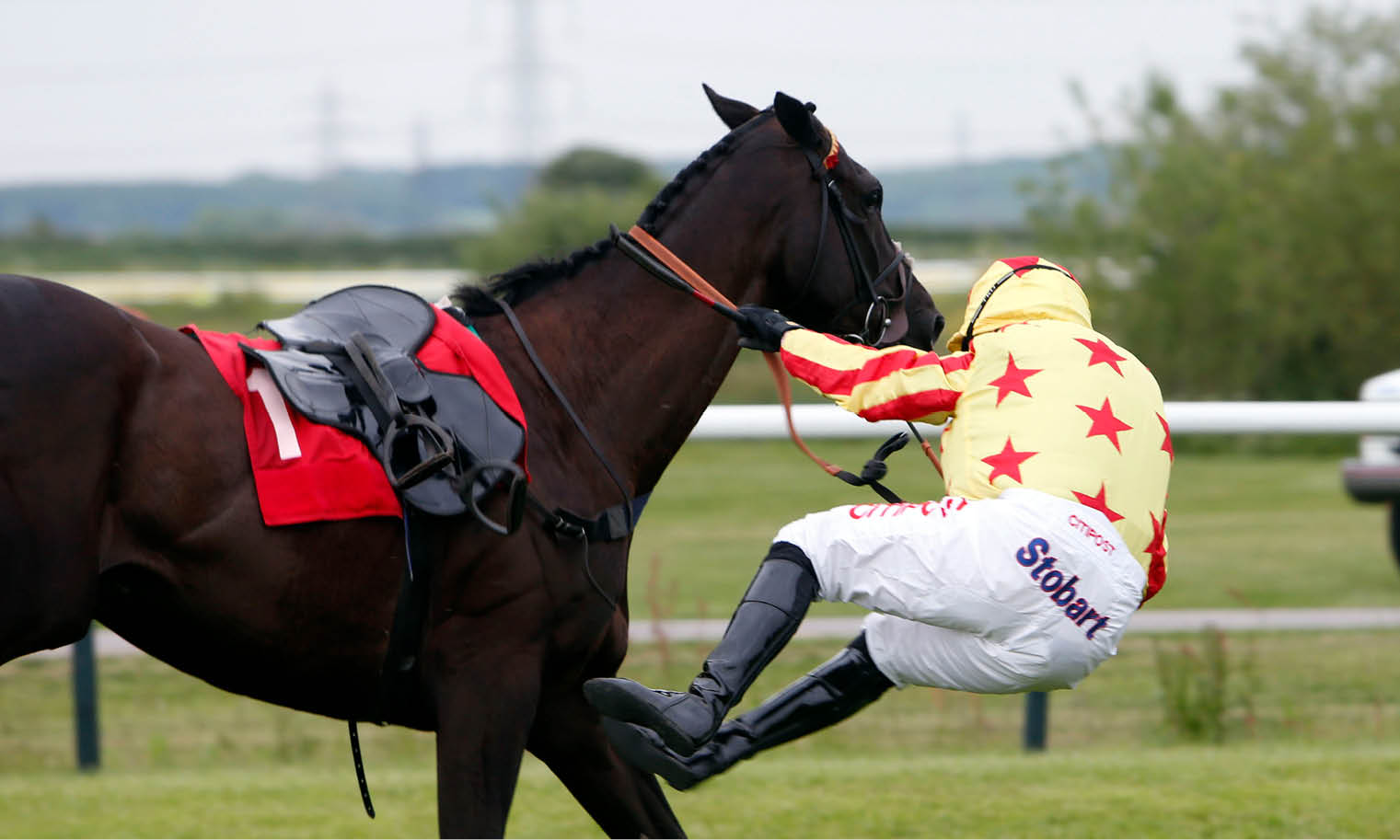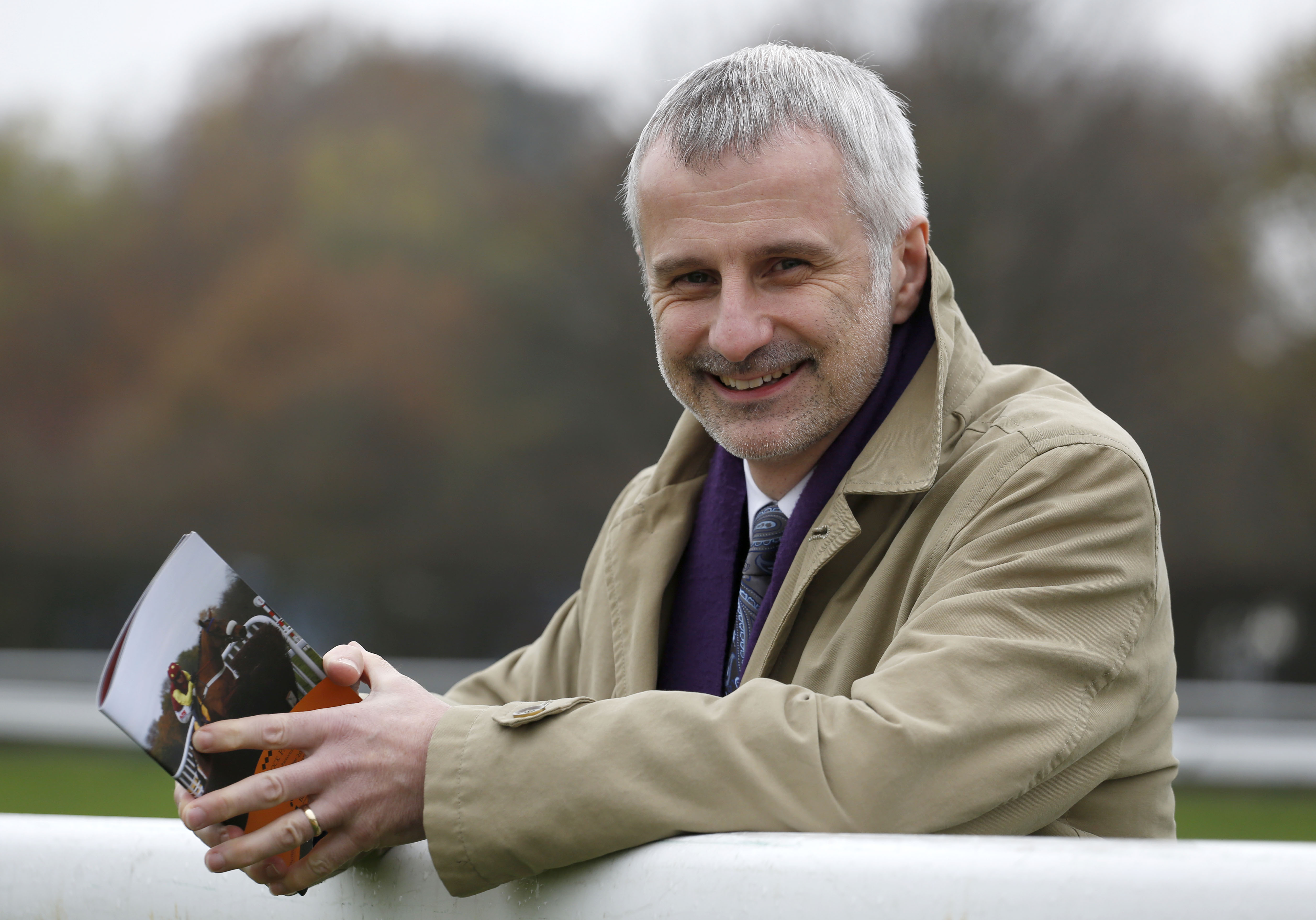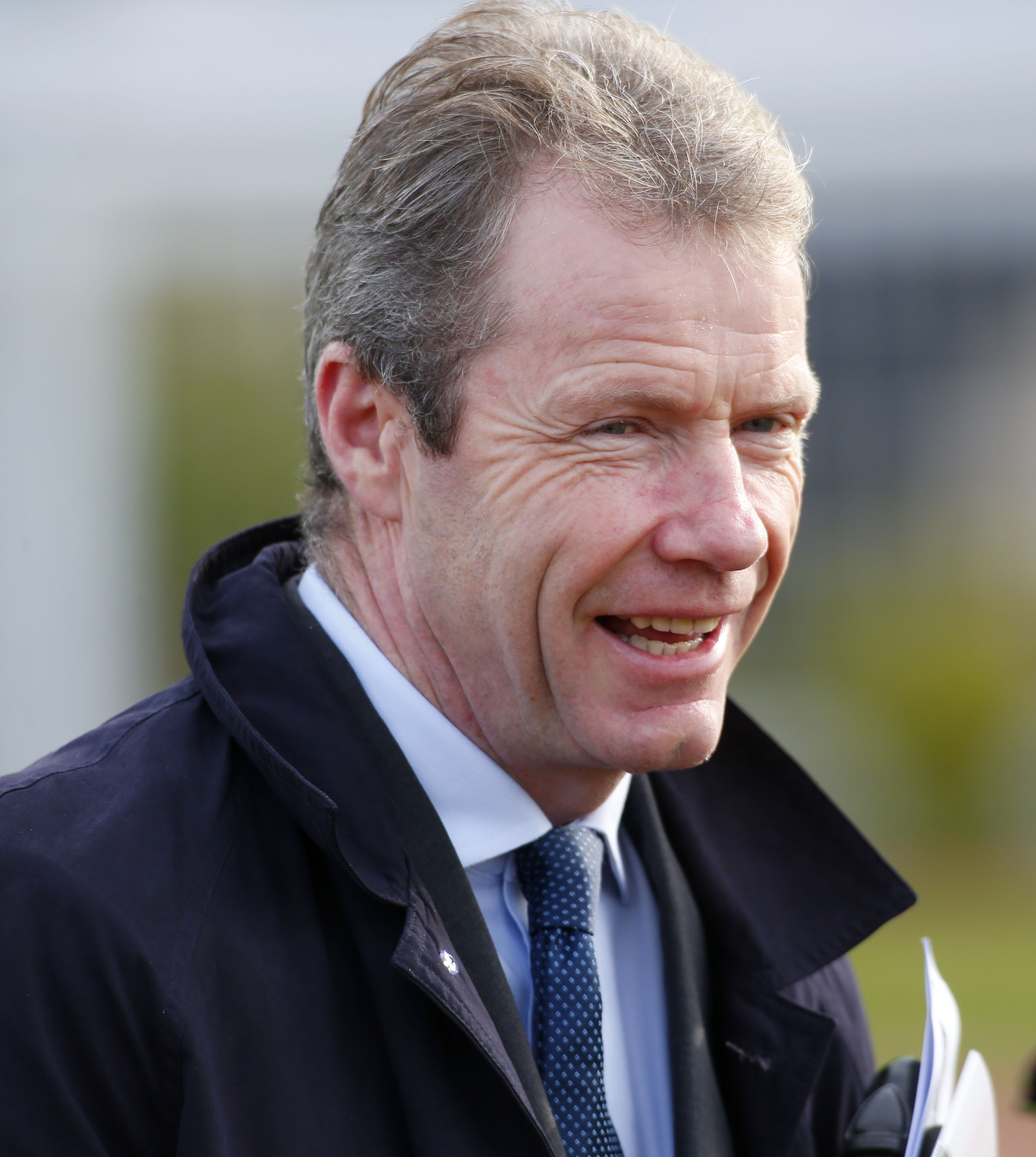
- Online archive of previous race footage being used to digitally re-construct the speed, velocity and impact of falls in detail
- Data being used in multiple research projects internationally to gain greater understanding of different medical impacts of falls
- Projects may have influence on future equipment design as well as rider coaching techniques with aim of making riding safer across all equine pursuits
The British Horseracing Authority (BHA) has today announced details of how its digital archive of previous races is assisting multiple research projects aimed at improving rider safety.
The projects, which are based at the University of Sydney, University College Dublin and University of Bath respectively all use a digital race archive created by the BHA earlier this year to map and digitally re-construct how jockeys fall in more detail.
It is hoped that the various projects will give a greater understanding of how falls can impact on concussion and spinal injury, which may influence future equipment design, as well as using the digital fall reconstructions as part of a landmark pilot project which will train riders how to react in an instinctive fashion and take protective action in the event of a fall.

Dr Jerry Hill
Dr Jerry Hill, Chief Medical Adviser at the BHA, said:
“We’re extremely pleased that the digital race archive can be used to assist a number of fascinating and potentially significant research projects to improve the wellbeing of riders.
“The universities involved will now be able to map and digitally re-construct falls in much greater detail enabling calculation of the forces involved and the effect of altering certain parameters. The knowledge gained from these projects could have a positive impact on the safety all those who ride horses, thoroughbred or otherwise.”

Mick Fitzgerald
Mick Fitzgerald, Grand National and Gold Cup winning jockey, said:
“Being a jockey can be the greatest feeling in the world, but there is always the threat of an injury and it was the aftermath of a fall which ultimately ended my career. Anything that can be done to make riding safer has to be encouraged and it will be interesting where the results of this research will lead.”
Fall safety research, the University of Sydney
The first project is based in Sydney and is being run by former Olympic gymnast and current PhD student, Lindsay Nylund, who has taught gymnasts from beginner to Olympic level, the skills to safely land when somersaulting and coming down from height.
The fall time in gymnastics from equipment such as the pommel horse is similar to that experienced in horseracing. With the digital reconstructions which can be made from archive footage, it is possible to map how jockeys fall most frequently.
The analysis of this archive footage will be a pre-cursor to training intervention where jockeys’ can be taught the physical and mental skills, in the event of a fall, to respond in a way that may reduce their risk of serious or catastrophic injury.
Riders in Australia from a number of horse riding disciplines have already been taught fall safety skills using gymnastics-based techniques. Feedback has indicated that the skills may have saved a number of riders from serious injury. It is hoped that the fall safety techniques can be taught to a small trial group in the UK as a part of a future training intervention trial.
Lindsay Nylund, leading the three-year PhD project at the University of Sydney, said:
“It is wonderful that BHA is adopting a position of leadership in relation to jockey and rider safety by supporting research initiatives such as this. It is a known industry problem that falls are the main cause of serious injury to riders and research initiatives such as this will add to the evidence-base on jockey and rider safety.”
Helmet bounty project and concussion research, University College Dublin
The digital race archive is also being used to digitally re-construct the speed, velocity and impact of falls which led to concussion to complement the ongoing helmet bounty scheme being run in partnership with the British Equestrian Trade Association.
The scheme allows riders across equine disciplines who are diagnosed with concussion following a fall to donate their used helmet for research in return for a voucher to purchase a new helmet.
The helmets are being analysed as part of an EU-funded research programme at University College Dublin, www.heads-itn.eu, looking into the types of fall and how these relate to damage sustained by a helmet and how a rider is affected.
It is hoped that matching the damage sustained in falls in horse racing with the footage of that fall will allow the team greater insight which may lead to recommendations for future helmet design.
Michael Gilchrist, leading the PhD project at University College Dublin, said:
“High quality video footage from the BHA archive of jockey falls allows for in-depth accident reconstructions. This allows us to quantify the severity of forces associated with different head injury events and, ultimately, to inform the development of future helmet certification standards.”
Spinal injury prevention project, University of Bath
The final research project which the race archive is currently scheduled to assist in is based at the University of Bath. The detail of falls, but this time those which have resulted in spinal injury, will be digitally mapped and reconstructed to ascertain if there are links between certain types of falls and increased chances of spinal injury.
The team behind the project recently completed a similar study regarding scrums in rugby union, which led to the RFU rules around scrummaging being changed to give greater protection to players.
Professor Keith Stokes, who will be managing the research at University of Bath, said:
“Spinal injuries can have a dramatic impact on peoples’ lives, and using the digital archive to inform strategies that have the potential reduce the risk of these injuries is extremely valuable.”
Notes to editors:
1. Overall and specific injury statistics, comparing 1992-2000 with 2015-2017. It must be noted that a ten year sample versus a three year sample, results in significantly different sample sizes which may have an impact on the results.
Overall injury statistics
| Injuries as a % of rides | Falls as % of rides | Injuries as a % of falls | ||||
| 1992-2000 | 2015-2017 | 1992-2000 | 2015-2017 | 1992-2000 | 2015-2017 | |
| Flat – All Weather | 0.11 | 0.05 | 0.28 | 0.11 | 38.3 | 47.2 |
| Flat – Turf | 0.17 | 0.07 | 0.42 | 0.11 | 40.4 | 67.2 |
| Jump | 1.2 | 0.24 | 6.8 | 4.3 | 17.7 | 5.4 |
Despite the overall percentage of falls declining significantly across both codes from the two periods of study, the instances of injuries in Flat racing when falls do occur has increased.
Specific injury statistics
| Concussions per 100 falls | ||
| 1992-2000 | 2015-2017 | |
| Flat | 3 | 16 |
| Jump | 2 | 0.96 |
A considerable rise in concussion rates in Flat racing is likely to have been impacted by significant progress in the ability to detect concussion between the two periods of study.
| Fractures per 1000 falls (2015-2017) | ||
| Head and neck | Trunk (spinal) | |
| Flat | 29.23 | 127 |
| Jump | 2.27 | 6.8 |
Total number of rides for the periods in question are as follows:
| Year | Total rides |
| 1992 | 69850 |
| 1993 | 69554 |
| 1994 | 71217 |
| 1995 | 68633 |
| 1996 | 73352 |
| 1997 | 73367 |
| 1998 | 76219 |
| 1999 | 78392 |
| 2000 | 78102 |
| 2015 | 88075 |
| 2016 | 89916 |
| 2017 | 90993 |
